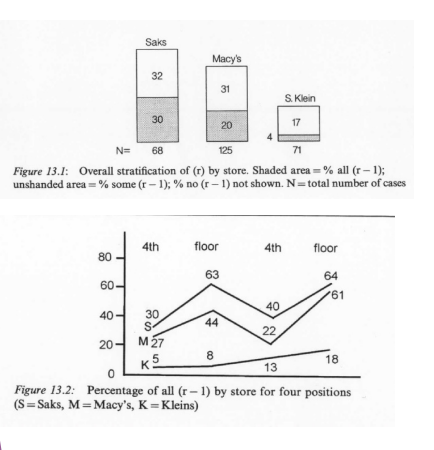Sociolinguistics Flashcards
1/16
Earn XP
Description and Tags
Flashcards on Sociolinguistics
Name | Mastery | Learn | Test | Matching | Spaced |
|---|
No study sessions yet.
17 Terms
Sociolinguistics
The study of language in relation to society.
Diachronic Linguistics
studies sth over the time, including the changes and history background
Synchronic Linguistics
is studuing language in certain period of time, without history backgroung
Social Differentiation
how people use language and behavior to show their identity and stand out from others.
Social Organization
the idea that people follow existing social structures, like class, gender, or age. These structures shape how people behave and speak, with language patterns differing across social groups.
Structuralist perspectives
Viewing preexisting structures in the world that humans conform to.
Bill Labov
u Bill Labov born in 1929 in Rutherford, NJ u Started career in industrial chemistry before switching to linguistics in his 40s. u Became “founding father” of variationist sociolinguistics through groundbreaking work in the 1960s u Rhoticity in NYC u AAE in Harlem boys u Martha’s Vineyard u Quantitative approaches to linguistic variation
Quantitative research approaches(Bill Labov/labovian methods)
Labov’s method counts language features and uses statistics to show they change based on social groups.
Linguistic Variant (Bill Labov/labovian methods)
Different realizations of a specific variable (e.g., rhotic, tense marked, SVO)
Linguistic Variable (Bill Labov/labovian methods)
Specific feature that may vary (e.g., rhoticity, past tense marking, word order)
NYC “Fourth Floor”
Labov studied how people in NYC said “fourth floor” in three stores for different social classes. He found that wealthier store workers used more “r” sounds (rhotic speech), and middle-class workers changed their speech more when asked to repeat. This showed speech style was linked to social class. Later studies found more people now use the “r” sound.

Problematizing Structuralism
Labov’s work showed patterns in speech, but some thought it made identity seem too fixed. Later, researchers studied people’s social groups and daily life to see how friends and family influence speech, not just class or age.
Individuals and Stylistic Variation(Penny Eckert)
People change how they speak depending on who they are with. They can copy others, keep their way, or speak differently to show who they are.
Indexicality
language points to social meanings. Some ways of speaking directly show things like local identity (e.g., no “r” sound in NYC). Other language choices can hint at things like politeness or gender roles. These meanings can grow over time based on how people use and hear them.
Enregisterment
a way of speaking becomes widely recognized and linked to a group or style. This creates ideas or stereotypes, like NYC speech being “tough” or Canadians being “polite.” People can also change how they speak to show a certain image, like sounding “cool” or “laid back.
Interwoven Waves
Eckert says the three waves of sociolinguistics aren’t steps in time but overlapping ideas. Researchers often mix these approaches depending on their questions. Even early studies show parts of all three waves. Combining methods helps understand how people’s language connects with bigger social ideas.
Revisiting Identity
Identity is complex and always changing. Language is one way people show who they are, along with other social actions. People in the same group, or even the same person, can speak differently at different times. We should avoid stereotypes because language and identity are flexible. Researchers use many methods to understand how language helps shape society.